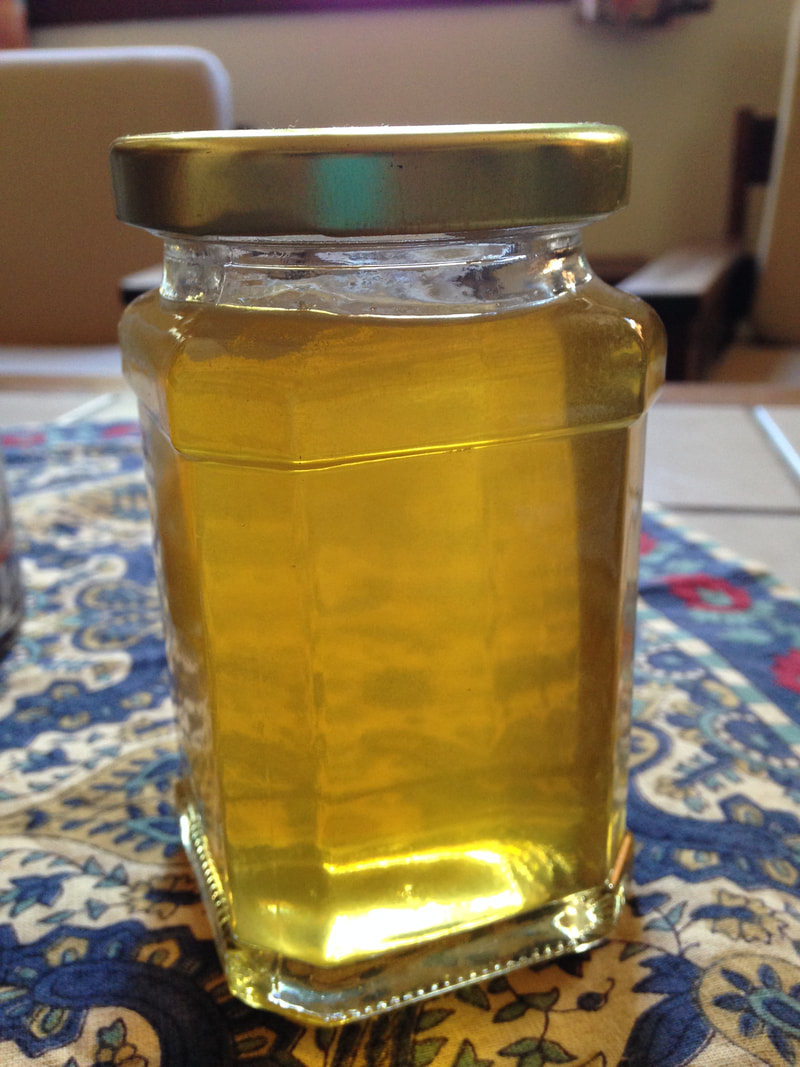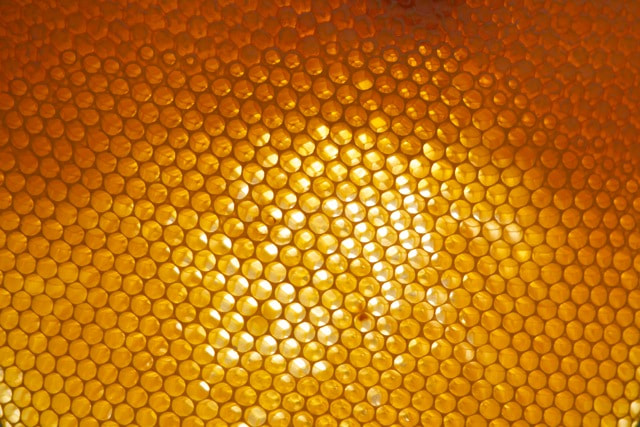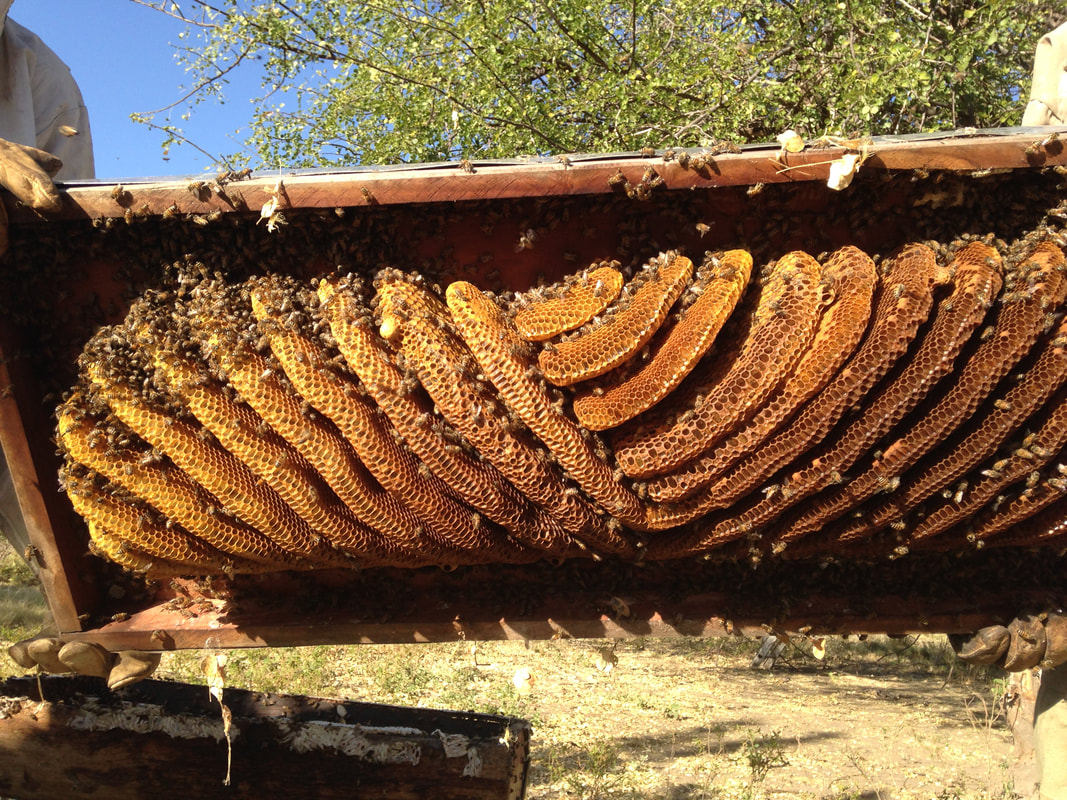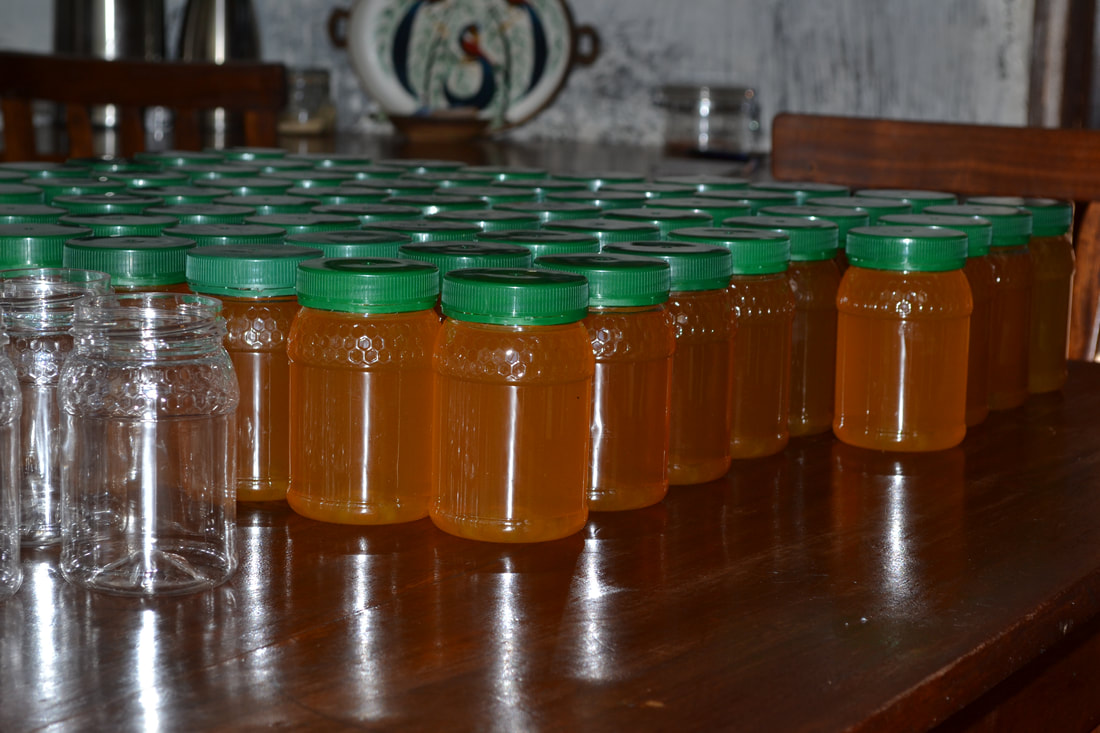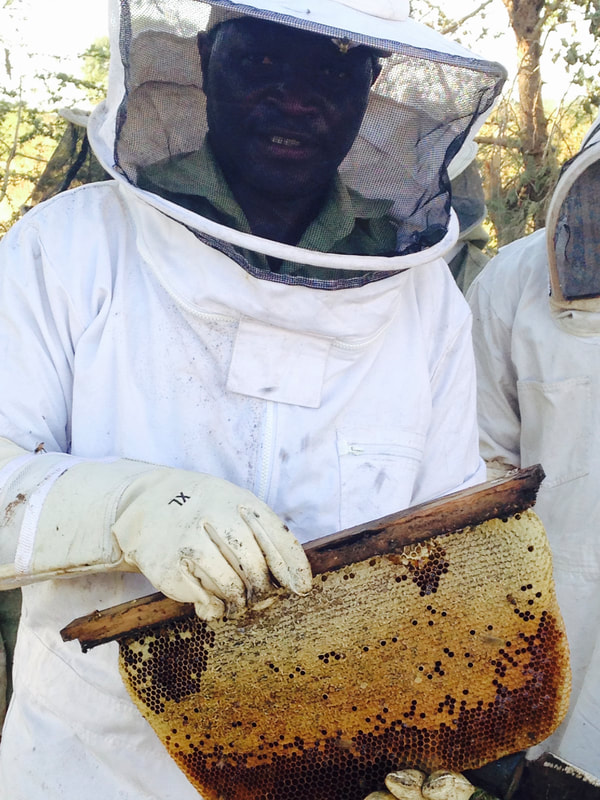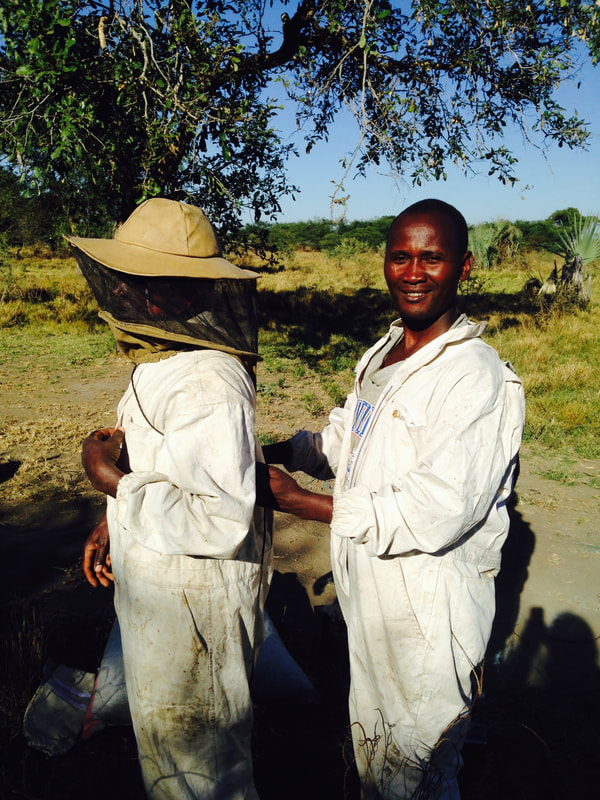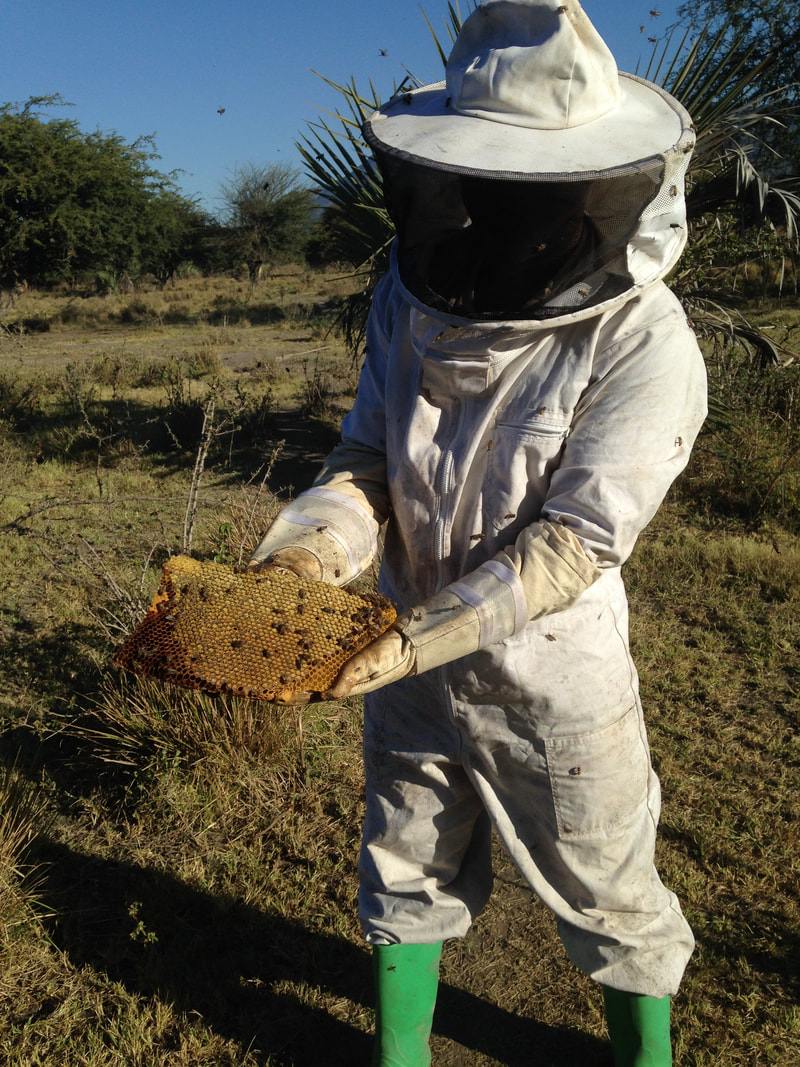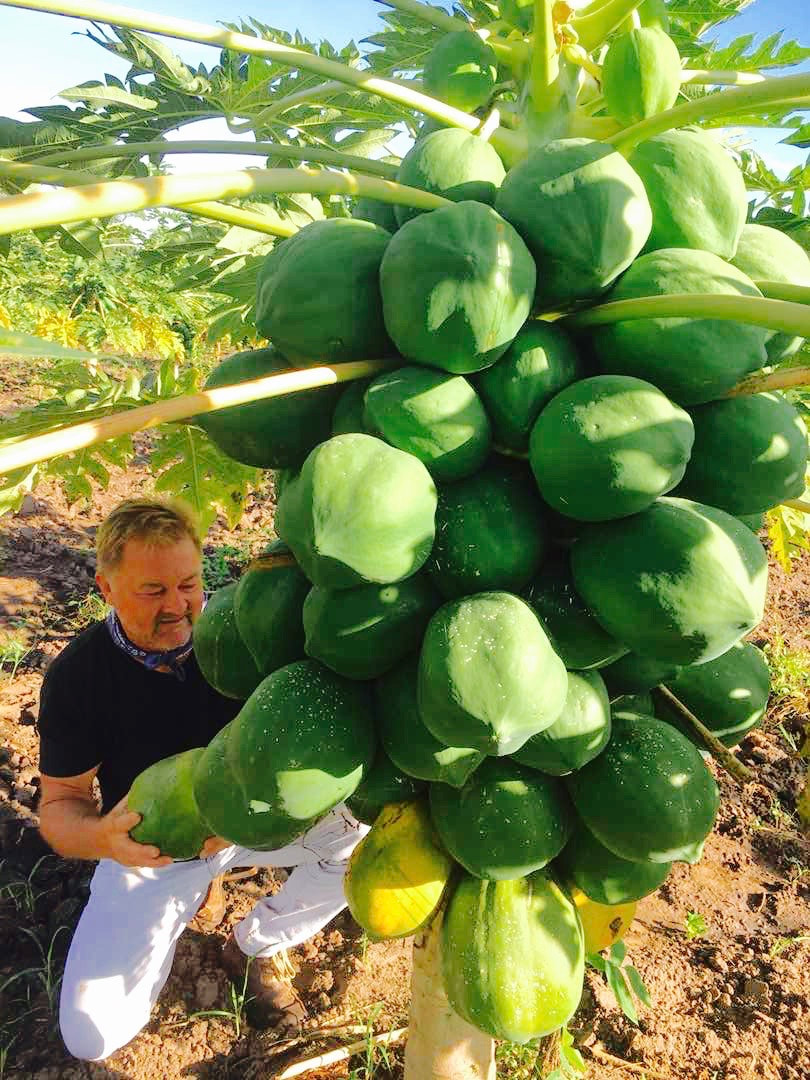Rukwa Valley Harvest Report 2018
|
Our harvest in 2018 was postponed until the late date of June 12th due to the construction of a new training base in SW Tanzania. Ideally, our honey is usually harvested in mid-May, so we were almost a whole month late. The amount of honey was predictably less but the most interesting thing to us was the color of the honey had changed from amber to light amber in that short period of time. This signifies that the pre-dominate May nectar source was switched to another by June and enough stores were present to change the color noticeably.
What we can gather from this is that African bees utilize large amounts of honey on a continual basis. In most of the hives, bees weren’t "sitting” on honey, but actively turning it into brood. Large amounts of pollen were seen coming into the colonies even in mid-June. Pollen is the protein "used largely" to produce young and honey is the carbohydrate that fuels the hive. For the past 9 years we put out hives on land owned by Bwana Mpera. Due to his kindness in letting us use his property we have given him 2 hives. One of his hives regularly produces large stores of honey every year. The Queen in his hive stops laying eggs and the colony puts up large stores of honey. The hive is a 25-bar hive and he regularly gets about 30 liters of unpressed honeycomb. His family never extracts it, rather eating it in the comb. We are happy for him and look forward to how his hive will perform again this year. Interestingly, if his hive continues to produce so well year after year for 9 years and the queen continually has the desirable trait of stopping brood production to focus on honey gathering, then it must be true that she passes off this positive trait to her offspring. Since no one is producing queens in East Africa it would be beneficial to try to catch all swarms issuing forth from this individual colony as the DNA should hold true for this desirable trait. I mention this point because I believe that there are simple ways of impacting honey production as well as calmness in the colonies we keep. |
Our honey, although not as plentiful this year, had a beautiful light color and a very high sugar count. We noticed that the rice paddies which are largely devoid of many different types of flowers and vegetation still produced large quantities of honey due to one species of flower. The vegetative landscape of SW Tanzania is changing radically due to forest destruction and widespread erosion. Almost yearly we notice a change in what bees are eating due to human interaction with the eco-system. Eco-system restoration is needed to bring stability to the otherwise virulent habitat that African bees find themselves needing to adapt to.
Happy beekeeping! Keep us posted with what works for you. We want to dialogue together with you when you notice anything “new" impacting your beekeeping methods or the bees you work with.
[email protected]
Happy beekeeping! Keep us posted with what works for you. We want to dialogue together with you when you notice anything “new" impacting your beekeeping methods or the bees you work with.
[email protected]
